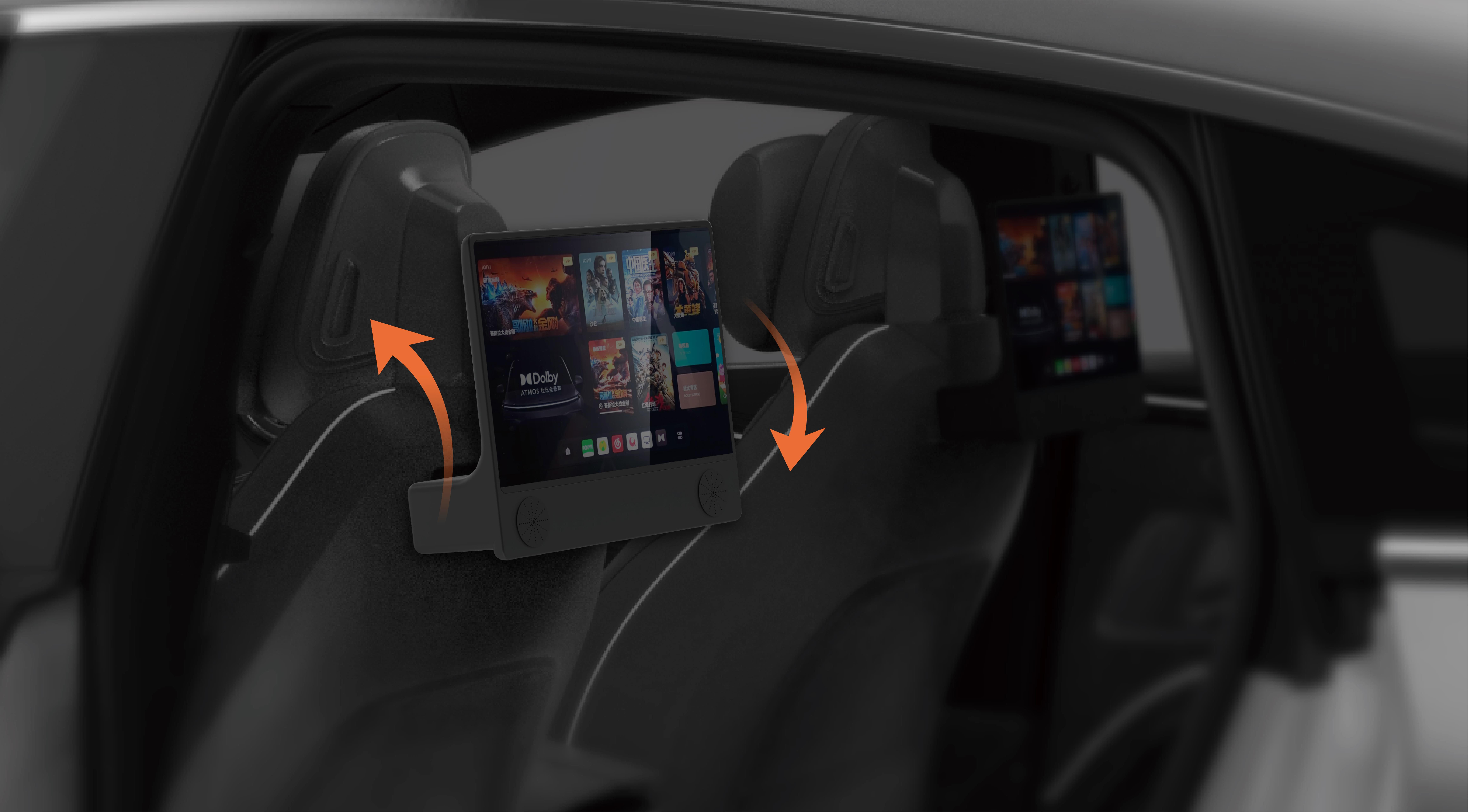Imagine holding the power to animate objects, create moving parts, and design interactive gadgets—all from a tiny microcontroller brain. That’s the magic of combining servo motors with Arduino, especially when you’re just starting out and exploring this exciting world of electronics. Whether you're a student, hobbyist, or lifelong tinkerer, understanding how to control servo motors with Arduino opens a vast realm of possibilities, from robotic arms to camera gimbals, and even automated art installations.

But how does one get started? For many, the journey begins with a simple yet powerful platform: Tinkercad. This free, web-based circuit simulator by Autodesk enables you to create virtual circuits and test code without any hardware at hand. Think of it as a sandbox where ideas can be built, tweaked, and perfected—no soldering iron required.
Let’s begin by unpacking what a servo motor is. Unlike regular motors, which spin continuously, servo motors are designed to rotate to a specific position within a range—usually 0 to 180 degrees. They’re equipped with a built-in feedback system, allowing precise control over their angle. This makes them ideal for applications where exact positioning matters, like controlling the steering of a robot or positioning a camera.
In essence, to command a servo motor, you need to send it a signal indicating how far it should turn. This is typically done via PWM—pulse-width modulation—a way of varying the power signal's duty cycle to control the position. Arduino, with its versatile pin outputs, manages this easily through a dedicated servo library, simplifying what would otherwise be a complex signal generation process.
Now, before diving into code, setting up your virtual environment is crucial. In Tinkercad, you can assemble a simple circuit comprising an Arduino Uno, a servo motor, and some essential components like a power source and wires. No breadboards required, as Tinkercad provides easy drag-and-drop components, making circuit visualization straightforward.
Once the hardware setup is ready, the next step is writing the code. Here’s where the fun begins—programming your Arduino to control the servo motor. A typical sketch involves including the servo library, creating an object for your servo, attaching it to a specific pin, and then using commands like write() to set the position.
For an absolute beginner, get your head around this simple example:
#include Servo myServo; void setup() { myServo.attach(9); // Connect servo to digital pin 9 } void loop() { myServo.write(0); // Move to 0 degrees delay(1000); // Wait for a second myServo.write(90); // Move to 90 degrees delay(1000); // Wait for a second myServo.write(180); // Move to 180 degrees delay(1000); // Wait for a second }
This simple code cycles the servo through three positions—0°, 90°, and 180°—with a one-second pause at each. When you run this in Tinkercad, you’ll watch the virtual servo swing to these angles in turn, providing a visual and practical understanding of how the commands translate into real-world movement.
But how do you customize this for your project? The key is understanding the write() function and the timing. You can tweak the angles, speed (by adjusting delays), and even add sensors to make the servo respond to environmental cues—think light, sound, or touch. That’s the beauty of starting in a simulation; you can experiment freely, avoiding hardware costs and setbacks.
As your confidence grows, you’ll start layering complexity—controlling multiple servos, integrating sensors, or creating interactive interfaces. Tinkercad's intuitive interface and the simplicity of Arduino code make this process approachable. Plus, by familiarizing yourself with the basic concepts of PWM, signal timing, and servo feedback, you lay a solid foundation for more advanced projects like robotic arms, automated camera rigs, or even autonomous vehicles.
In the next section, we’ll explore more intricate coding techniques, troubleshooting common issues, and expanding your virtual projects into physical prototypes. Whether you're aiming to craft a robot that dances or a sensor-guided camera, the journey starts here—powered by the humble yet mighty servo motor and Arduino.
(Will be provided next!)
Kpower has delivered professional drive system solutions to over 500 enterprise clients globally with products covering various fields such as Smart Home Systems, Automatic Electronics, Robotics, Precision Agriculture, Drones, and Industrial Automation.




































